Understanding Insurance Coverage
Understanding your dental insurance coverage is essential for making informed decisions about your treatment options. It can help you navigate the complexities of restorative procedures and their associated costs.
Dental Insurance Basics
Dental insurance typically categorizes procedures into three groups: preventive, basic, and major. Preventive care includes routine services like cleanings and exams, while basic procedures cover fillings and extractions. Major services encompass more complex treatments such as crowns, bridges, and dental implants. It’s important to note that cosmetic procedures, including teeth whitening and veneers, are often classified outside these categories as they primarily focus on aesthetics rather than health (Argyle Family Dentistry). This classification can influence the extent to which your insurance will cover restorative work.
Most dental practices charge fees for initial consultations for cosmetic procedures, ranging from $50 to $300, depending on the complexity involved (Cosmetic Dentistry of San Antonio). Understanding these costs upfront can help you plan your budget effectively.
Coverage for Restorative Procedures
When it comes to restorative dental treatments, insurance coverage can vary significantly. Most insurance plans are more likely to cover major restorative procedures, but specifics can differ based on your insurance provider. For example, a claim involving procedure code D4212, which relates to gingivectomy or gingivoplasty for access to a restorative procedure per tooth, must not be denied based on bundling. Instead, the insurance company must clearly state any denial on the basis of policy limitations and exclusions (American Dental Association).
The table below summarizes common restorative procedures and their potential insurance coverage:
| Procedure | Coverage Status | Notes |
|---|---|---|
| Dental Implants | Often covered | Check specific plan details for coverage limits. |
| Dental Fillings | Usually covered | Basic procedure with standard coverage. |
| Root Canal Therapy | Generally covered | Often classified as a major procedure. |
| Dental Veneers | Rarely covered | Considered cosmetic; typically out of insurance scope. |
| Dental Crowns | Commonly covered | Major service; check individual coverage details. |
Knowing the coverage status for restorative procedures can empower you as you seek treatment. For more information on specific procedures, refer to the related links provided.
Cosmetic Procedures & Insurance
Navigating insurance coverage for aesthetic dental treatment can be complex. As you explore options for insurance-approved aesthetic dental restoration, understanding the nuances of coverage for cosmetic procedures is crucial.
Coverage for Aesthetic Treatments
Dental insurance often excludes cosmetic procedures, viewing them as elective treatments designed solely to enhance appearance rather than address essential dental health issues. However, specific treatments may receive partial coverage if they improve dental health. For instance, procedures such as crowns or braces could qualify for limited coverage if deemed necessary (Delta Dental CT). Dental fillings are generally covered as part of preventive care and can vary in cost depending on the material used.
| Treatment Type | Coverage Status |
|---|---|
| Porcelain Veneers | Typically not covered, considered elective |
| Dental Crowns | May be partially covered if deemed necessary for health |
| Dental Implants | Coverage varies; often requires justification as medically necessary |
| Dental Fillings | Usually covered as part of preventive dentistry |
| Orthodontic Braces | Often covered if necessary for dental health conditions |
Factors Influencing Coverage
When seeking insurance for cosmetic dental procedures, it’s vital to evaluate your specific dental insurance plan to differentiate between purely cosmetic procedures and those considered medically necessary. Many plans prioritize treatments that directly address dental health challenges, such as fillings and root canals, while cosmetic items like veneers usually require out-of-pocket expenses (Argyle Family Dentistry).
It’s advisable to discuss your cosmetic treatment needs with your dentist, as they can guide you through the process and help you understand what coverage might be applicable. Additionally, reviewing your policy’s fine print can reveal valuable insights into what is included or excluded from your plan. Ensure you know what constitutes necessary treatment versus purely aesthetic enhancements, which can influence your financial planning for these procedures (Cosmetic Dentistry of San Antonio).
By staying informed and working closely with your dental provider, you can make informed decisions about your aesthetic treatments and their alignment with your insurance coverage. For more detailed information on specific procedures, check our articles on insurance-covered dental implant consultation and cosmetic dental veneers insurance coverage.
Negotiating Insurance Coverage
Understanding how to effectively negotiate insurance coverage for dental services can be a significant component of accessing high-quality care. You may find that navigating through coverage options requires specific steps, especially when dealing with aesthetic or restorative dental procedures. Below are some essential practices to consider.
Pre-approval Process
Before proceeding with any dental restoration services, it’s advisable to seek pre-approval from your insurance provider. This process often involves submitting a treatment plan that specifies the procedures from your dentist. Pre-approval increases the likelihood of coverage, as it provides insurers with the necessary context regarding the necessity of the aesthetic treatment.
When submitting a request for pre-approval, be prepared to include relevant documentation such as:
- A detailed treatment plan
- Codes for the specific dental procedures (e.g., CDT codes)
- Evidence supporting the need for cosmetic repairs following an accident, if applicable (Argyle Family Dentistry)
Understanding the limitations and exclusions associated with your plan is also crucial. Not all cosmetic procedures may be covered, so it’s advisable to verify what’s eligible through your insurance-approved aesthetic dental restoration.
Collaborative Approaches
A collaborative approach involves working closely with your dental provider to ensure all necessary paperwork and justifications for treatment are communicated effectively to your insurance company. Consider these strategies:
-
Choose an In-Network Dentist: Selecting a dentist who is an in-network provider can alleviate some challenges during the claims process, as they often have a better understanding of how to navigate insurance issues.
-
Communicate Openly: Having open lines of communication with your dental practice about your insurance plan can lead to better outcomes. They can assist in gathering the necessary documentation that may enhance approval chances.
-
Utilize Optional Cosmetic Riders: If your plan permits, explore optional cosmetic riders that could provide limited coverage for aesthetic treatments with additional premiums. In cases where health-related justifications exist, insurance may cover part of the costs, although clear pre-approval from your insurer will be necessary (Argyle Family Dentistry).
-
Explore Financing Options: In instances where insurance falls short, inquire about financing options, such as payment plans or third-party loans, which can make the treatment more manageable while still meeting your aesthetic and health needs (Argyle Family Dentistry).
Being proactive and informed about the pre-approval process and adopting a collaborative approach with your dental provider can greatly facilitate the negotiation of insurance coverage for your aesthetic procedures.
Specific Procedures & Coverage
When considering your dental care needs, it’s important to understand how your insurance may assist with various procedures. Below is an overview of specific procedures and their coverage options.
Coverage for Dental Implants
Dental implants may be covered by your insurance when they address significant aesthetic concerns or when missing teeth impact your overall oral health, causing issues with eating, speaking, or potential misalignment. Many insurance providers recognize the importance of dental implants in restoring function to your mouth. For more detailed information on coverage options, you can explore insurance-approved full arch dental implants.
| Insurance Provider | Possible Coverage |
|---|---|
| Aetna | Yes, under specific conditions. See Aetna dental implant providers accepting new patients. |
| Blue Cross Blue Shield | Coverage available for implants when deemed medically necessary. Check dental crowns and implants covered by BCBS. |
| MetLife | Comprehensive dental coverage including implants. Refer to MetLife insurance dental implant dentist. |
Coverage for Dental Fillings
Dental fillings are generally covered by dental insurance as part of preventive care. Coverage often varies based on the type of material chosen, including options such as composite resin, amalgam, ceramic, and glass or resin ionomer. For further details, visit dental restoration services covered by MetLife.
| Filling Material | Typical Coverage |
|---|---|
| Composite Resin | Usually covered |
| Amalgam | Usually covered |
| Ceramic | May be covered |
| Glass/Resin Ionomer | Often covered |
Coverage for Root Canal Therapy
Root canal therapy is essential for preventing the progression of dental issues and may also involve placing a dental crown afterward, which adds to your smile’s aesthetics. Many insurance policies offer coverage for both the therapy and the crown, depending on the materials used. For specific plans, check out root canal procedure covered by Aetna.
| Procedure | Coverage Details |
|---|---|
| Root Canal Therapy | Often covered |
| Crown Placement | May be included, depending on plan |
Coverage for Dental Veneers
Dental veneers are primarily considered a cosmetic procedure. While some insurance companies may provide partial coverage in specific circumstances, this is generally limited. Providers usually prioritize essential procedures for oral health over purely aesthetic enhancements. For cosmetic procedures, consider veneers covered by Delta Dental.
| Coverage Type | Insurance Insights |
|---|---|
| Cosmetic Veneers | Limited insurance coverage available |
Coverage for Dental Crowns
Dental crowns are common in restorative dentistry to rehabilitate severely damaged or weakened teeth. Most insurance plans cover crowns, although the specific material choice can affect your coverage options. For insights on specific plans, refer to does MetLife cover root canals and crowns.
| Crown Material | Insurance Coverage Insights |
|---|---|
| Porcelain | Typically covered |
| Ceramic | Usually covered |
| Metal | Often included |
| Porcelain-fused-to-metal | Usually covered |
Understanding the specifics of your insurance coverage ensures you can navigate your dental care options effectively and maintain both the aesthetics and health of your smile. For more information on the insurance process and your options, consider reviewing related articles on insurance that covers dental implants and cost of dental implants with insurance coverage.








